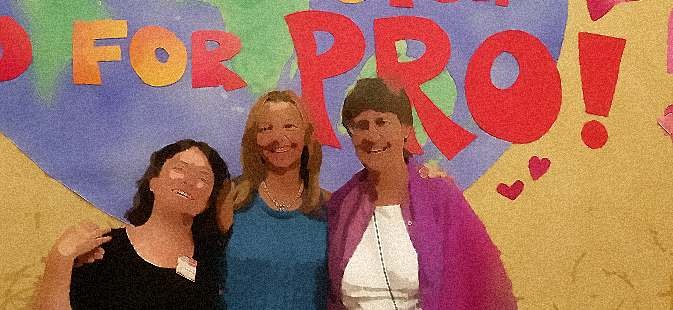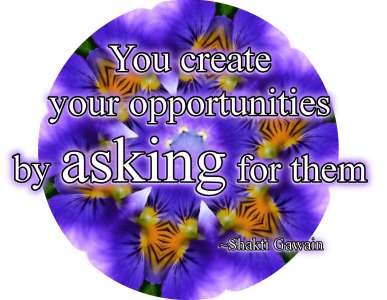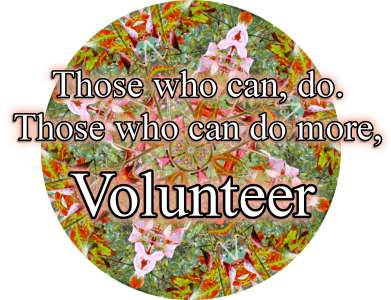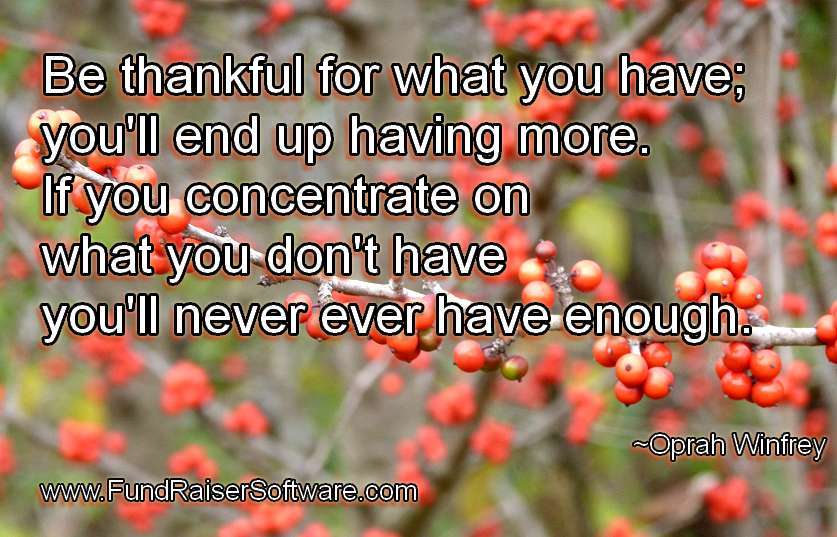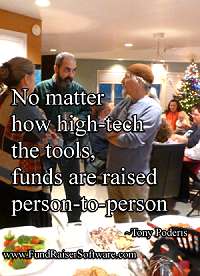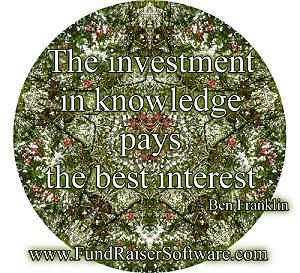read part 1 Preparing for the ASK
The Opening: How It’s Handled Will Determine Its OutcomeThe first meeting should not take place in a public space such as a restaurant with its distractions and interruptions. Solicitors should begin by talking with prospects about professional and personal interests, mutual friends and acquaintances, places and times where their lives may have crossed. However, solicitors should not forget why they are there. Quickly, but naturally, discussion of the campaign should be worked into the conversation. Solicitors should mention their own personal involvement and commitment to the organization as a way of explaining why it is of such great value to the community. They must convey how important the current fund-raising campaign is to the organization’s future. When appropriate, a tour of the organization’s facilities and the opportunity to meet others involved with the organization should be offered. Finally, solicitors should ask prospects to consider supporting the organization by making a pledge in the suggested amount.


